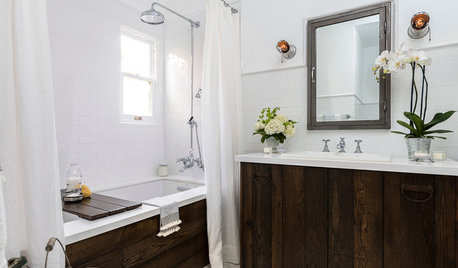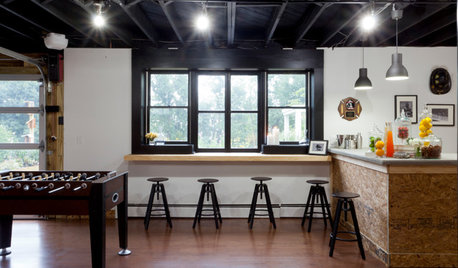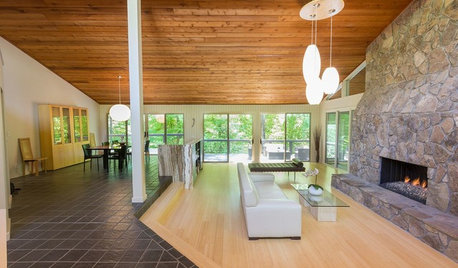help! gaps widening in newly installed wood floors
newenglandsara2
12 years ago
Related Stories

REMODELING GUIDESWiden Your Space Options With a Dormer Window
Small wonders: Bump out your upper floor with a doghouse, shed or eyebrow dormer — we give you the benefits and budget tips
Full Story
FLOORSWhat's the Right Wood Floor Installation for You?
Straight, diagonal, chevron, parquet and more. See which floor design is best for your space
Full Story
KITCHEN BACKSPLASHESHow to Install a Tile Backsplash
If you've got a steady hand, a few easy-to-find supplies and patience, you can install a tile backsplash in a kitchen or bathroom
Full Story
WINDOWSOpen Walls Widen Home Possibilities
Doing away with the boundary between indoor and outdoor living, open walls add space, light and drama to a home
Full Story
REMODELING GUIDES10 Terrific Pass-Throughs Widen Your Kitchen Options
Can't get behind a fully closed or open-concept kitchen? Pass-throughs offer a bit of both
Full Story
BEFORE AND AFTERSOld Hollywood Style for a Newly Redone Los Angeles Bath
An ‘NCIS’ actor gives her 1920s classic bungalow’s bathroom a glam retro makeover
Full Story
GARDENING AND LANDSCAPINGBoardwalks Bridge the Gap to Nature
Previously inaccessible parts of the landscape can roll out the welcome mat with help from these clever and beautiful pathways
Full Story
BASEMENTSBasement of the Week: Newly Finished and Open to the Outdoors
Relaxing, working, playing ... a New Jersey family can pick their pastime in this industrial-style walk-out leading to a new patio
Full Story
BEFORE AND AFTERSNewly Open Style Updates a Contemporary Atlanta Home
Sweat equity over seven years opens up a 1980s home for a Georgia couple who loves a challenge
Full Story
REMODELING GUIDESContractor Tips: How to Install Tile
Before you pick up a single tile, pull from these tips for expert results
Full Story







Floortech
chaparral
Related Professionals
Addison Flooring Contractors · Bethpage Flooring Contractors · Cottage Lake Flooring Contractors · Harwich Flooring Contractors · Lynbrook Flooring Contractors · Maltby Flooring Contractors · Pahrump Flooring Contractors · Redmond Flooring Contractors · Stoughton Flooring Contractors · Brookline Tile and Stone Contractors · Lyndon Carpet Dealers · Auburn General Contractors · Merritt Island General Contractors · Mililani Town General Contractors · New Braunfels General Contractorsfloorguy
idrive65
padmae